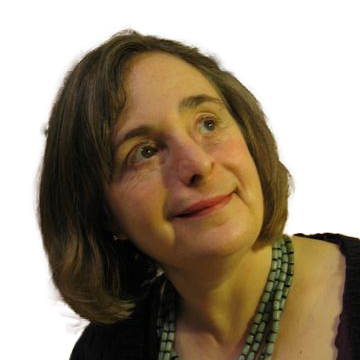I was once told that spiritual traditions tend to place too much emphasis on Light, since Darkness is just as important in getting any creative process going – as anyone who has ever planted a seed is well aware. This is obviously true, but doesnʼt get over our moth-like tendency to be attracted to light, even if it may singe our wings; even if Light Perpetual can be used to torture someone who is longing to curl up in the dark for a good sleep.
It is Advent. The time of year in which, alongside frantic shopping and frenetic efforts at extra social contact, some people prepare to celebrate the re-birth of the Light of the World, underlined by the return to lengthening days. I mention this because I like to mark the festivals associated with the changing seasons. And it was as a result of marking the last one – Halloween, or, in the old Celtic wheel of the year, Samhain – that I came across two books that intrigued me.
One was the recent Booker prize-winner, The Seven Moons of Maali Almeida by Shehan Karunatilaka. The other was All Hallowsʼ Eve by Charles Williams, published posthumously in 1945 as Britain limped out of WW2. I got this last on the recommendation of a friend and thought Halloween was a good time to read it. Charles Williams was a member of The Inklings, a group that used to meet in a pub and included J R R Tolkein and C S Lewis. His book, like theirs, is a fantasy, but treats of men and women rather than hobbits, elves or children. I began to read, and it dawned on me only gradually that the main character, Lester, has just been killed in an accident, and the Lester we are following is a spirit.
I think I agree with T S Eliot who, in his foreword to All Hallowsʼ Eve, suggests that, “what Charles Williams was trying to write about goes beyond the capacity of words.” But I notice from glancing at the reader reviews that there are plenty of positive ones and at least one person found it life-changing to read this book. If I canʼt recommend it unreservedly myself, nonetheless, I can say that it contained ideas I found interesting; the one that relates to my theme is how, through a series of difficult encounters with other beings in the half-light of an imaginal London, Lesterʼs inner quality becomes increasingly defined, her personal brightness grows ever more radiant. In our last sight of her, “The tremor of brightness received her.”
I get the winning book of the Booker Prize every year for my cousinʼs birthday, and dip in beforehand. If I like the look of it, I can get my own copy. I had no idea what the latest Booker prize-winner was about, so, reading The Seven Moons of Maali Almeida, I had to smile when I quickly found that Maali Almeida, who is being processed in some kind of massive sorting office, has, like Lester, just been killed.
Something both these novels have in common, whatever their disparity in other regards, is their exploration of a realm that is perhaps most conveniently labelled the Bardo. (Territory also entered by another recent Booker-prize-winner, George Saunders,in his book, Lincoln in the Bardo.) In Tibetan Buddhism, the Bardo is held to be a temporary state in which the soul encounters dream-like situations peopled by beings who may turn out to be helpful, or to be major stumbling blocks. In this state, the habitual personality traits of the newly-dead person, developed through life, are key. These may hold us back, send us off in unhelpful directions; or, if weʼre clear-sighted enough and have the resolve, we may head for “the Light.”
Maali Almeida finds himself at the desk of a woman in long, white flowing robes who, it turns out, was also killed, a while before him. Needless to say, heʼs not a compliant type who follows all her recommendations, or there would be no novel. We know heʼs making an unwise decision when he opts to follow a bloke in a bin-bag. But there his adventures and mis-adventures in this Bardo state begin. Yet there is something – the fact that, at bottom, he means well? – that steers him, despite the unwise choices, back at last to the celestial sorting office and on to his next step. This he takes with a newly dead leopard who is touchingly anxious to become human in his next life. For: only humans can practise compassion properly. The leopard had tried to live without killing, but thatʼs really hard if youʼre a leopard. If youʼre a rabbit, the leopard points out, your non-violence is not really to your credit, it not being a matter of choice.
On one level Shehan Karunatilakaʼs book is a long reflection on the violence that erupted in Sri Lanka in the 1980ʼs; on another level, itʼs touchingly fitting as reading not only for Halloween, but also for Advent, or Christmas, because above all Goodwill is the quality that carries his main character, and that of Charles Williamsʼ Lester, through the confusions and blind alleys, and out, beyond, towards a hopeful direction. Which is, of course, what the Light is intended to symbolise.
Gillian PB
If youʼd like notifications of posts, thereʼs a sign-up facility at the foot of the main Bryn Glas Blog page. I aim to post around one a month.


